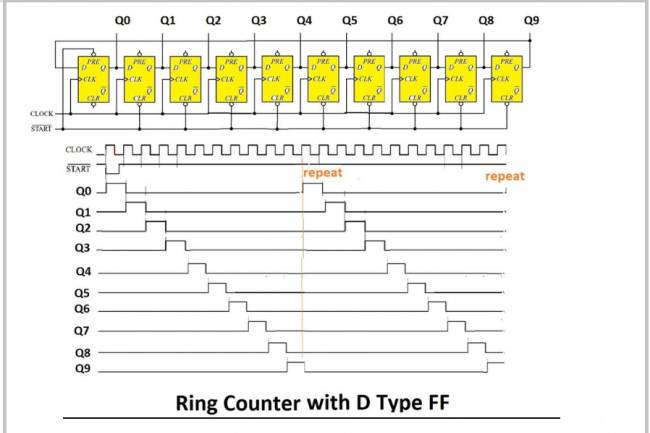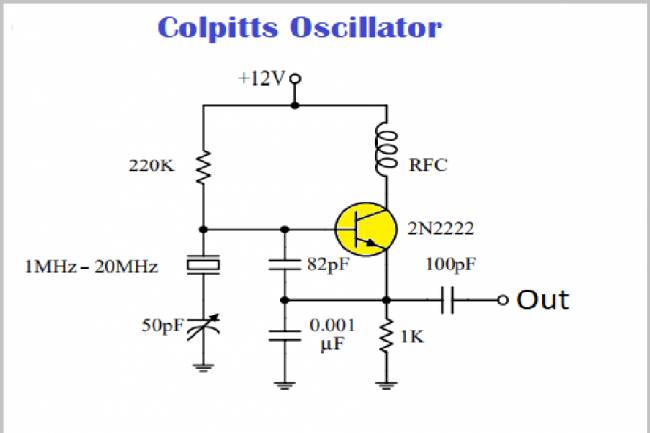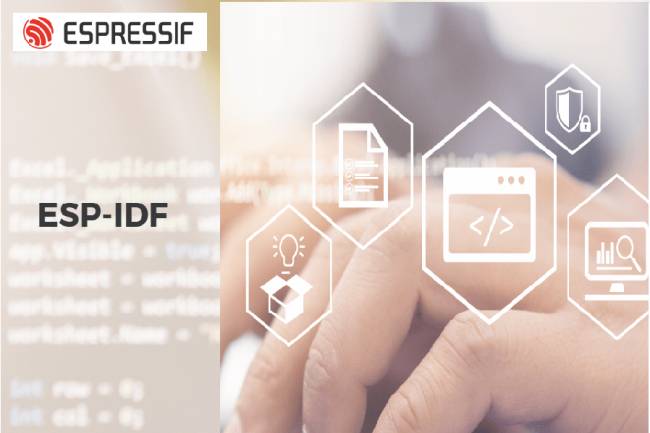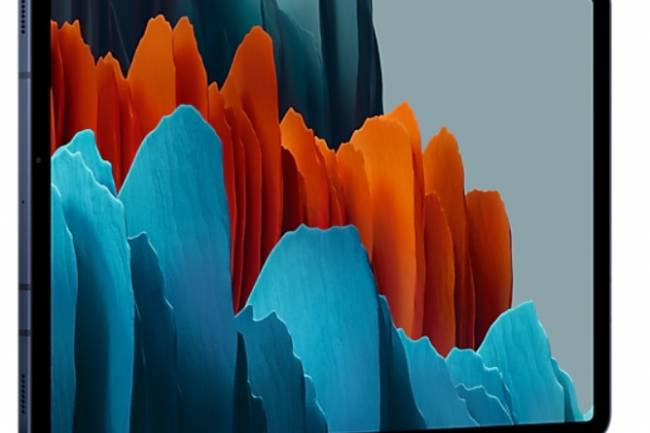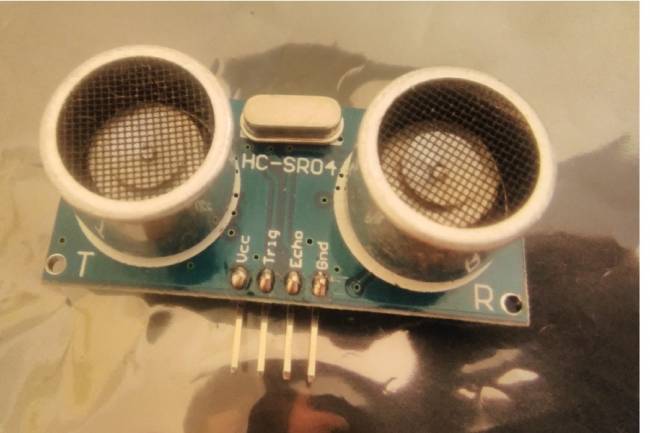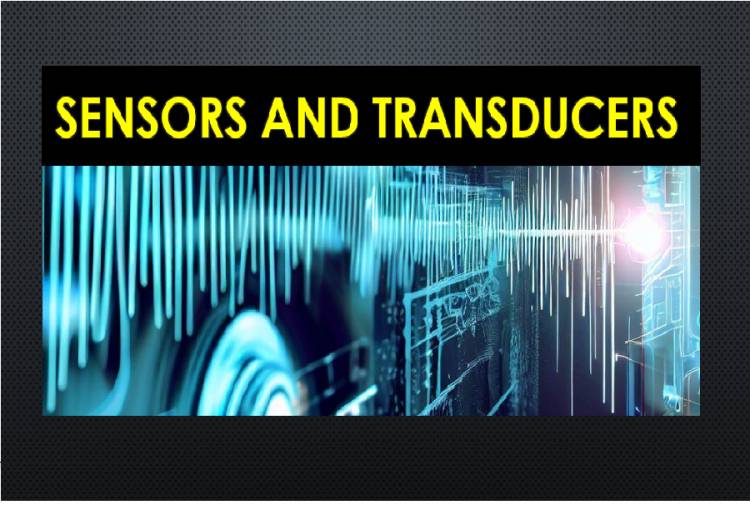
What is a sensor? What is a transducer?
In this article, we will try to understand the Sensor and Transducer elements in their basic sense. In fact, both elements are elements that convert one quantity into another quantity. The source of quantity is very diverse; for example, light, temperature, humidity, movement etc. like.
We can take the quantities that we want to measure and evaluate with a sensor or transducer and convert them into different signals with the help of an electronic circuit. Based on the level of the measured signal, the electronic system produces a result.
Sensors and transducers are used in many different fields. For example, in industrial applications, sensors are used to control the operation of machines used in production lines. In addition, sensors and transducers are also used in the medical field. In particular, devices used to measure physiological variables such as heart rate, blood pressure, oxygen level and similar are based on the use of sensors and transducers.
Sensor and transducer are both devices used to measure a physical variable, but they differ in function and usage.
A sensor is used to measure a physical variable and convert it into an electrical signal. For example, a temperature sensor detects temperature changes and converts these changes into electrical signals. Sensors are used to measure mechanical, optical, magnetic, acoustic and other physical variables.
Transducers are used to convert energy from one form to another. These forms of energy can be electrical, magnetic, mechanical, thermal, optical, chemical and other physical variables. For example, a microphone converts sound waves into mechanical vibrations and a speaker converts electrical signals into sound waves.
Transducers are not used to measure a physical variable, but to convert a physical variable from one form of energy to another. On the other hand, sensors are used to measure a physical variable and convert the measured variable into an electrical signal.
We have listed below the Sensor and Transducer types:
Sensors:
Temperature sensor
Humidity sensor
Pressure sensor
Motion sensor
Light sensor
Magnetic sensor
Mlow sensor
Fuel level sensor
Wind sensor
Water level sensor
Transducers:
Microphone (converts sound waves into electrical signals)
Loudspeaker (converts electrical signals to sound waves)
Thermocouple (converts temperature changes into electrical signals)
Piezoelectric transducer (converts pressure changes into electrical signals)
Magnetic field transducer (converts magnetic field changes into electrical signals)
Optical fiber transducer (converts light changes into electrical signals)
Tensiometer (converts voltage changes into electrical signals)
Speed sensor (converts speed changes into electrical signals)
Accelerometer (converts acceleration changes into electrical signals)
Measuring different quantities and evaluating these data are now done with microcontroller systems. We have previously made and published examples of the use of sensors with microcontroller systems on our site. Below are some sample links:
https://milivolt.news/post/using-ntc-with-arduino
https://milivolt.news/post/electronic-circuit-with-ntc-temperature-sensor



